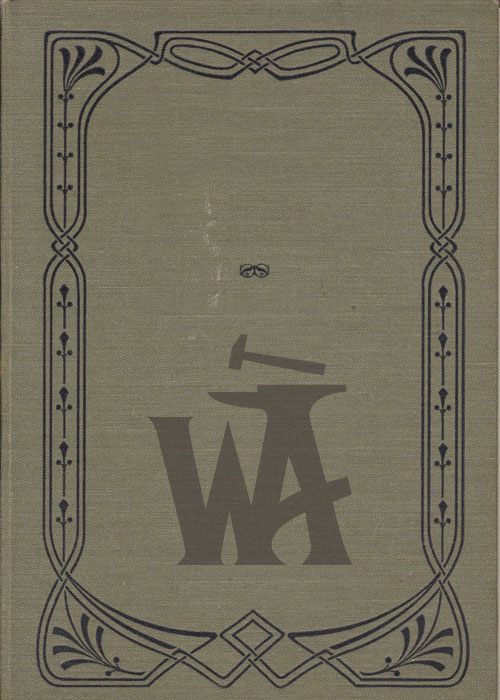The Distinction of Necromancy
Before any discussion of necromancy can be had, the distinction between the school of necromancy and the school of infusion must be made clear. Infusion is the creation of mana-forms and/or the co-opting of said forms into physical automata. While these automata can be of a necrotic nature, they are not true necromantic creations. For a magical act to fall under the category of “necromancy”, the particular animating force must be that of a soul or souls, wrested from death and bound to flesh once again. Similarly, channeling the demonic manaforms of the gods, no matter how ingenious, is no act of necromancy. Necromancy stems from the inexorable bond between flesh and soul, and thus one cannot exist without the other.
The Necris Vitae
The state of being commonly referred to as “undeath” is a complex one, and just as the undead themselves are myriad in their forms and relevant complexities, the road to undeath is no single path. For instance, Lichdom requires exacting material and situational components to properly transcend, while revenance is the result of oath-bound magics pertaining to revenge. The most common pedestrian form of undeath is that of the thrall. Thralls require no special care in the selection of their souls and the similarity to the body. Since they generally are used as cannon fodder or dumb labor, the amount of complexity and compatibility required for their creation is minimal. A thrall can just as easily make due with an animal’s soul at its helm than it can with a soul matching the body’s sapience or species. In fact, the closer the thrall’s soul is to their own body in terms of structure, the more likely the two will undergo necris vitae, or “life from death”, resulting in the synchronicity of mind and body that will sever the necromancer’s hold on the thrall. Necris vitae is a key principle of necromancy, and it permeates all levels of skill and complexity. The closer the soul is to the body in terms of structure, the stronger the being becomes in both mind and body. Untrained or lazy necromancers will use the identity or biology of their creation as an achor point to the soul, ignoring this principle. In those cases, the master is often undone by the creation, or the creation breaks free. There is no way to reestablish a necromantic command of an undead which reaches necris vitae, short of killing the creature and resurrecting them again. Therefore, in the creation of subservient undead, it is wise to avoid a total necris vitae.
Partial necris vitae would be giving, say, a swinefolk or an ape’s soul to a humanoid-sapient corpse. The undead would have enough familiarity for the biology to be analogous in most cases, but would lack the quintessential mind-body connection to truly synthesize holistic concepts of the self. Ideal for a functional but obedient thrall or warrior, with the understanding that they cannot adapt to the same degree as a true undead. The stiffness and clumsiness of the newly-risen never fades save from a necris vitae or from considerable incantations by the necromancer.
For every magical principle, there must be an inverse. Necris multi, or “multiple dead”, is the practice of binding a number of souls to the same cadaver. The gestalt being is inherently unstable, but often can make fuller use of its anatomy than a single soul can. The body should be heavily modified and/or expanded for a necris multi, as the often-contradictory thoughts and commands of the gestalt soul can arrest the movement and action of simpler anatomy. An example of a successful necris multi would be the Charnel Hill Amalgam. (see A Brief History of Necromantic Incidents, Vanyar University Press) Zurtik the Pallid constructed the CHA from the remains of the Blue Root Pox victims, creating a gestalt being. The formula for optimal appendage-to-soul ratio was determined to be 3.4 appendages per occupant. Since Zurtik utilized twenty souls, his experiment called for a total of 68 appendages to allow the CHA to be able to follow commands to the fullest extent. Additionally, Zurtik notes that the flailing limbs can often have unintended uses, as reflexes of the limbs and their controllers remain intact. Ultimately, Zurtik’s contributions to the ongoing study of necromancy are admirable, and likely will make future editions of this text a necessity.







